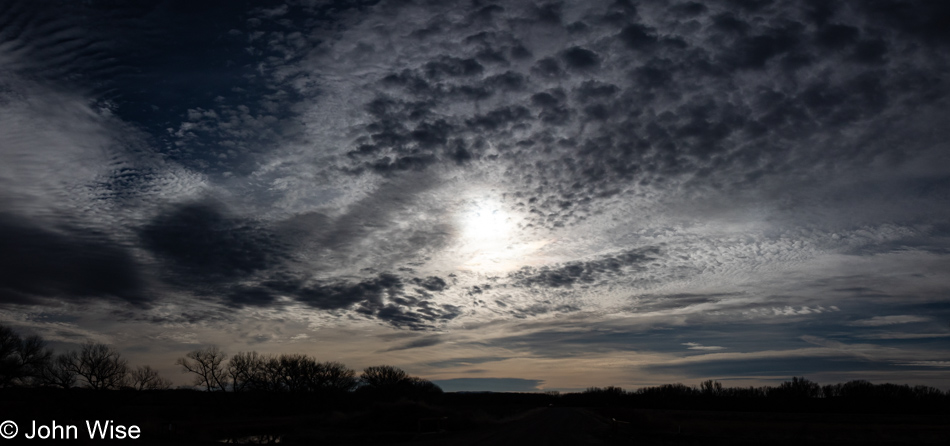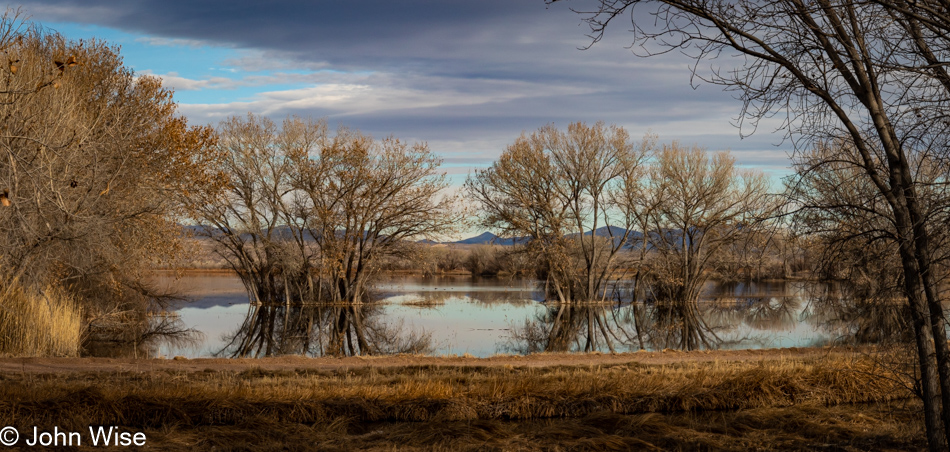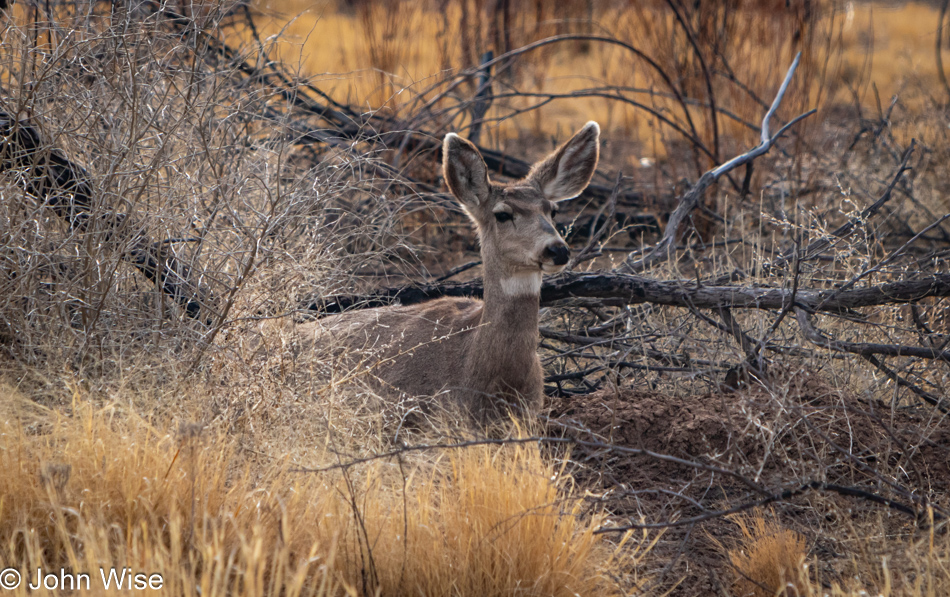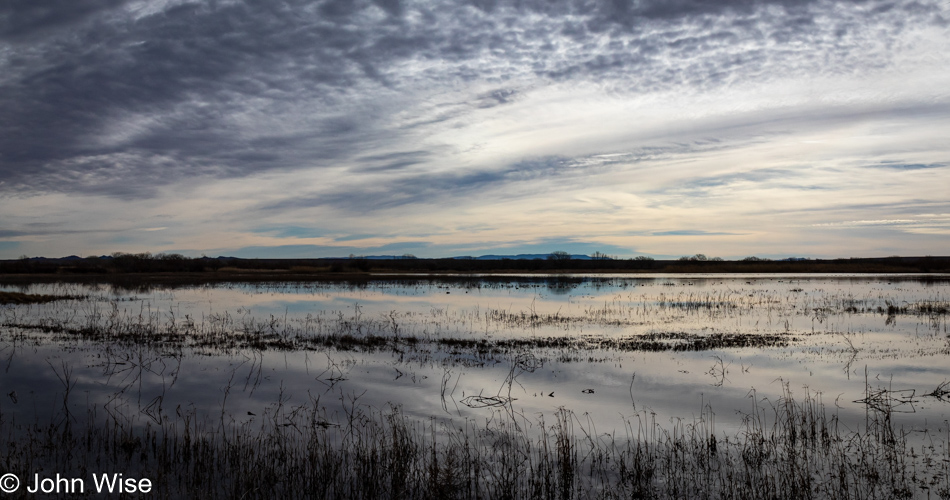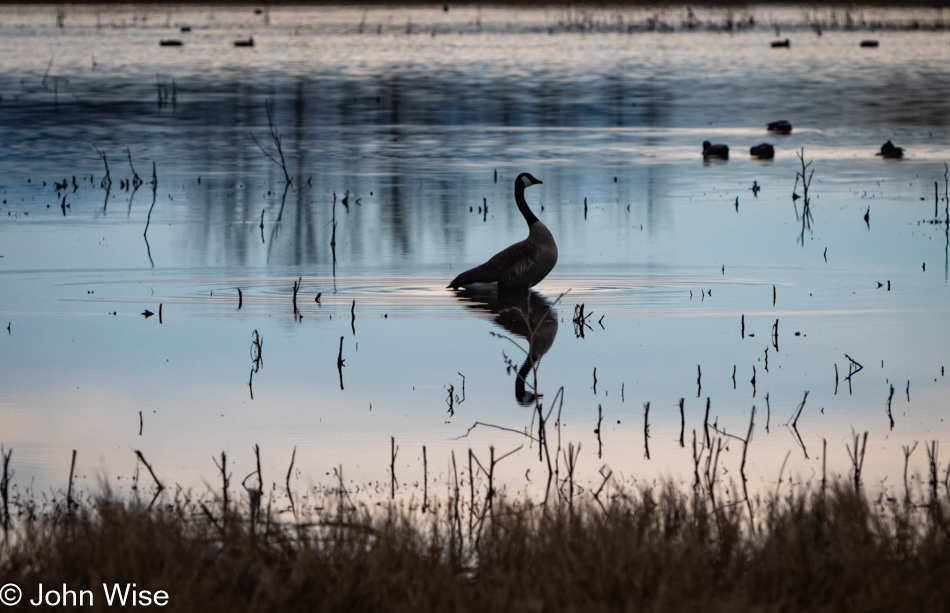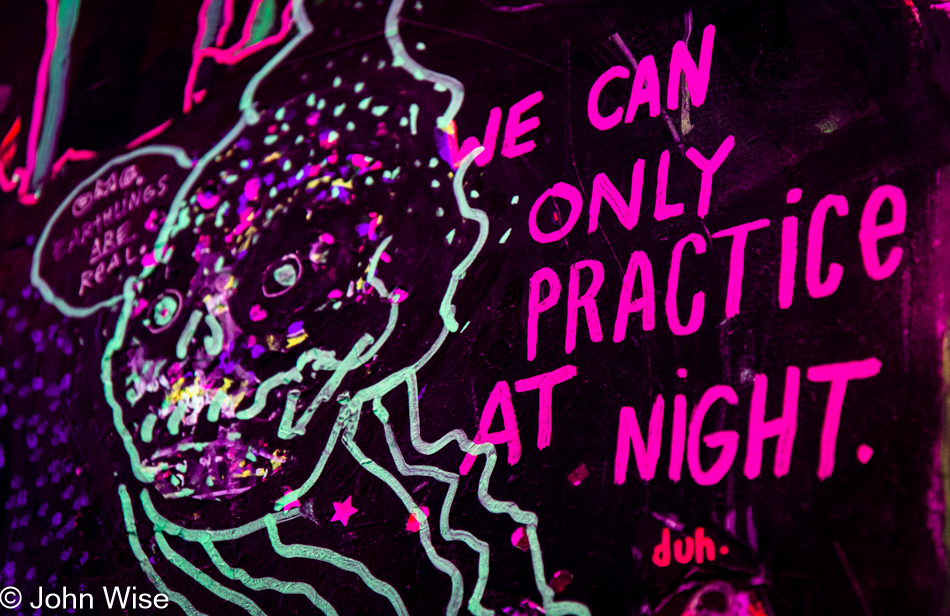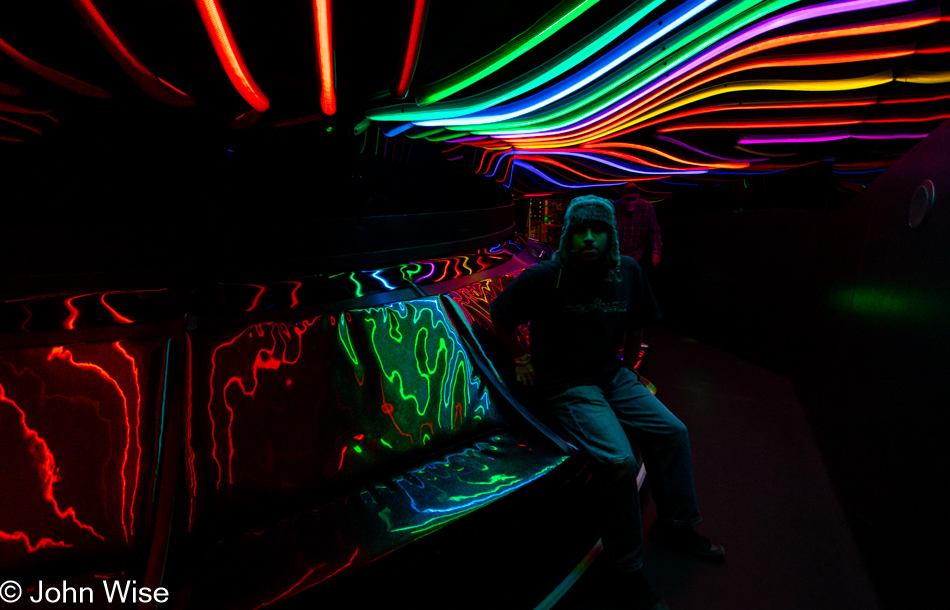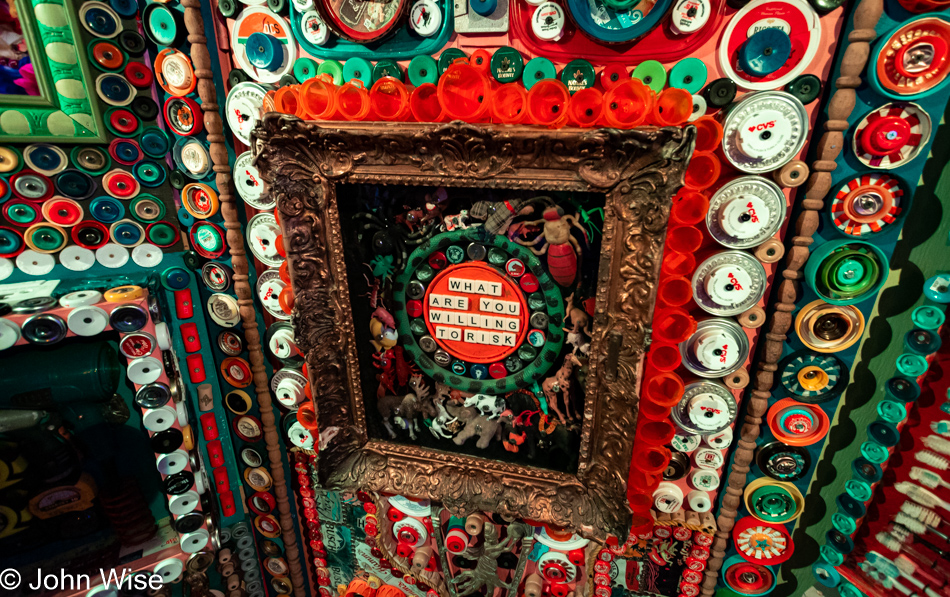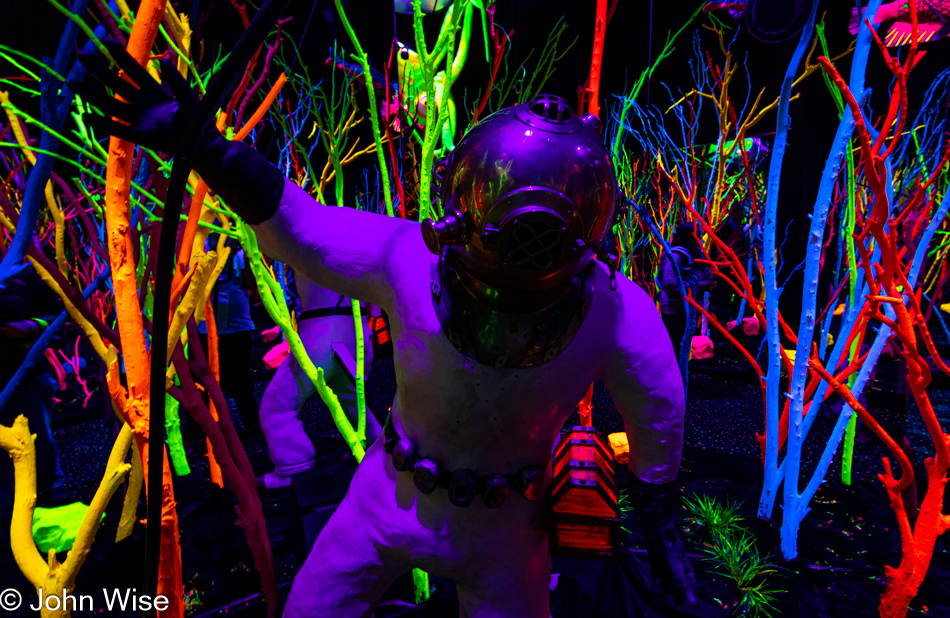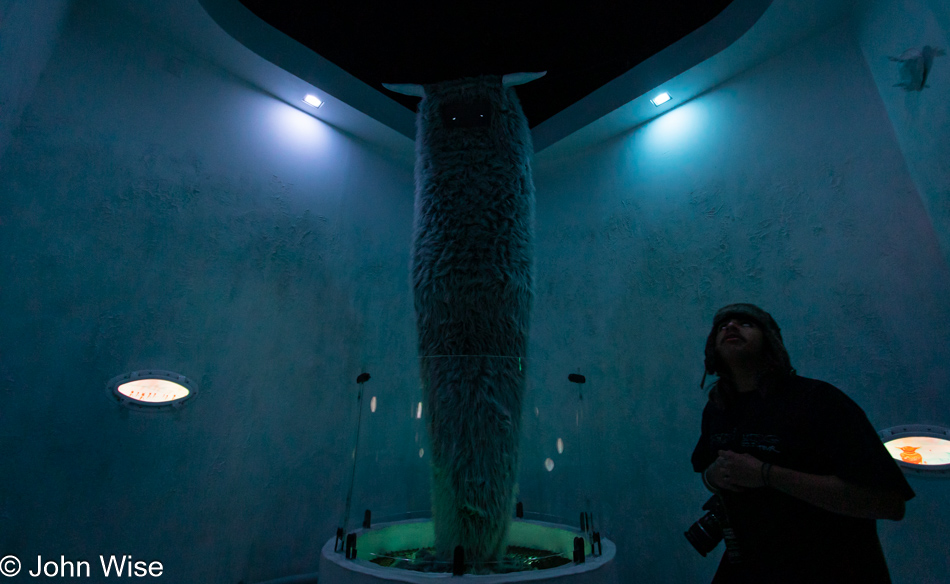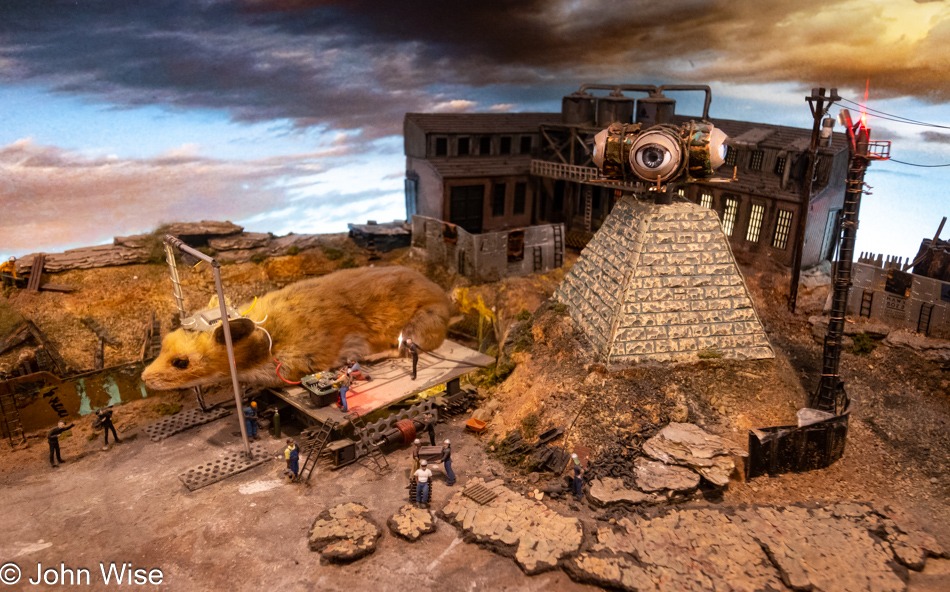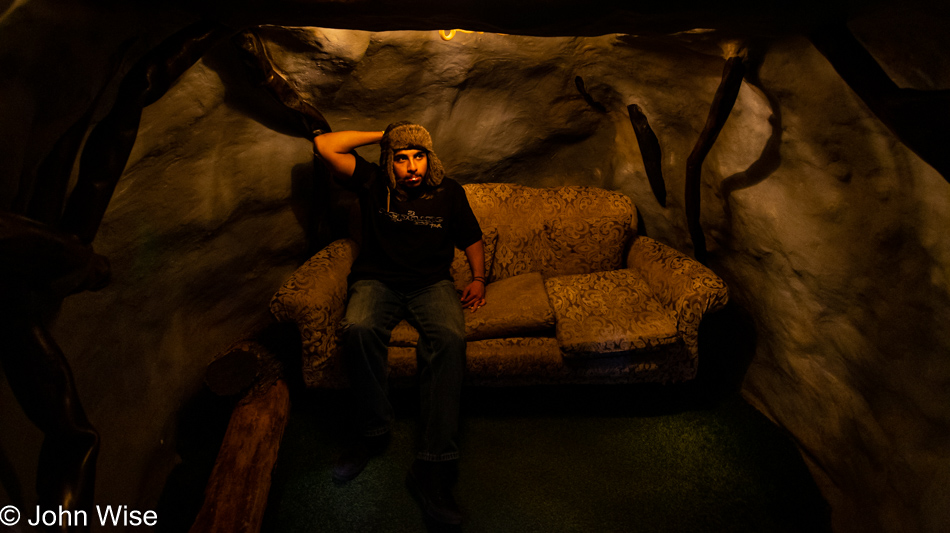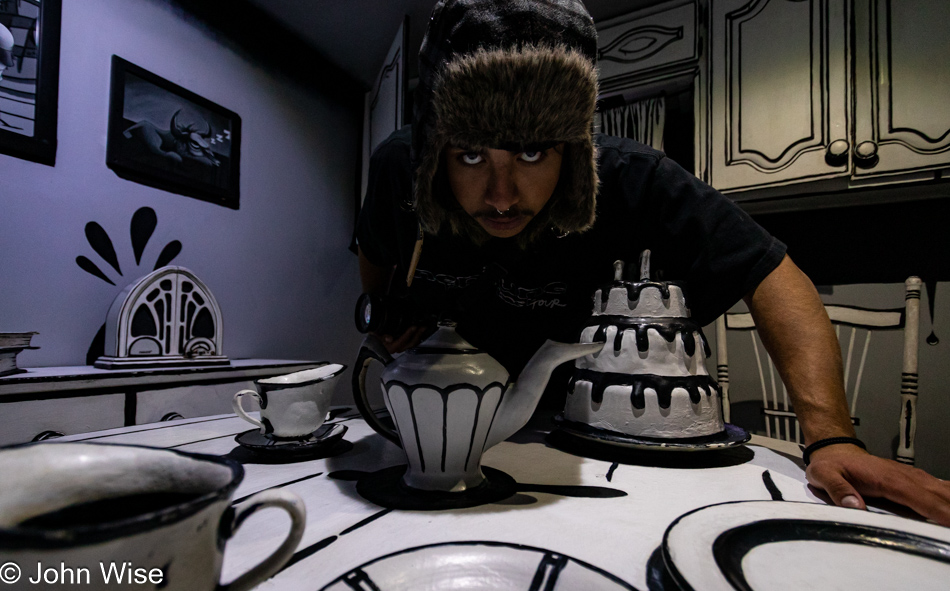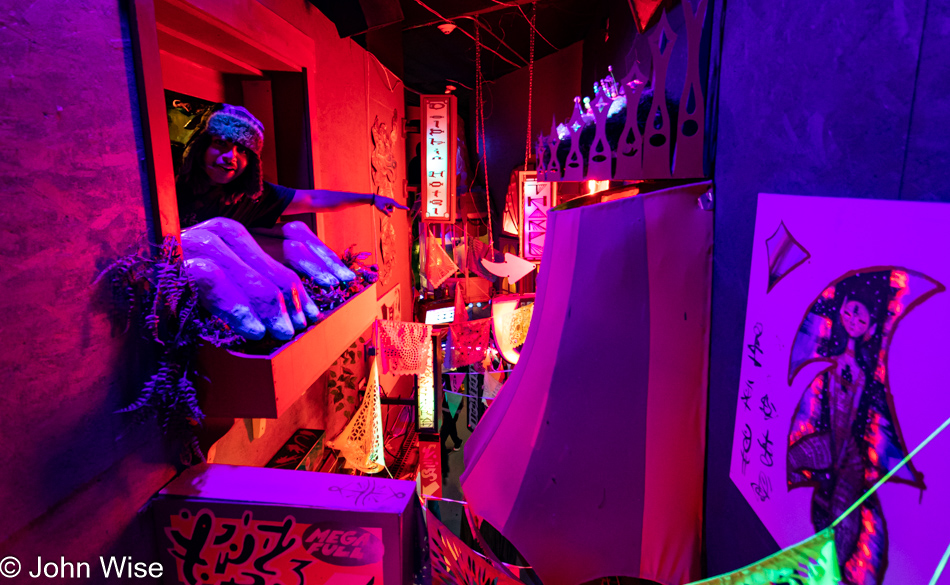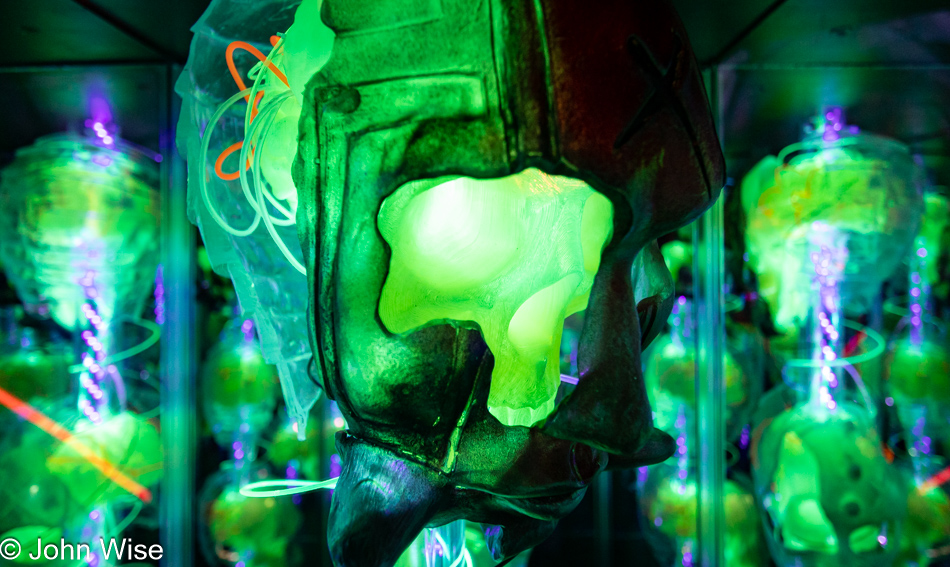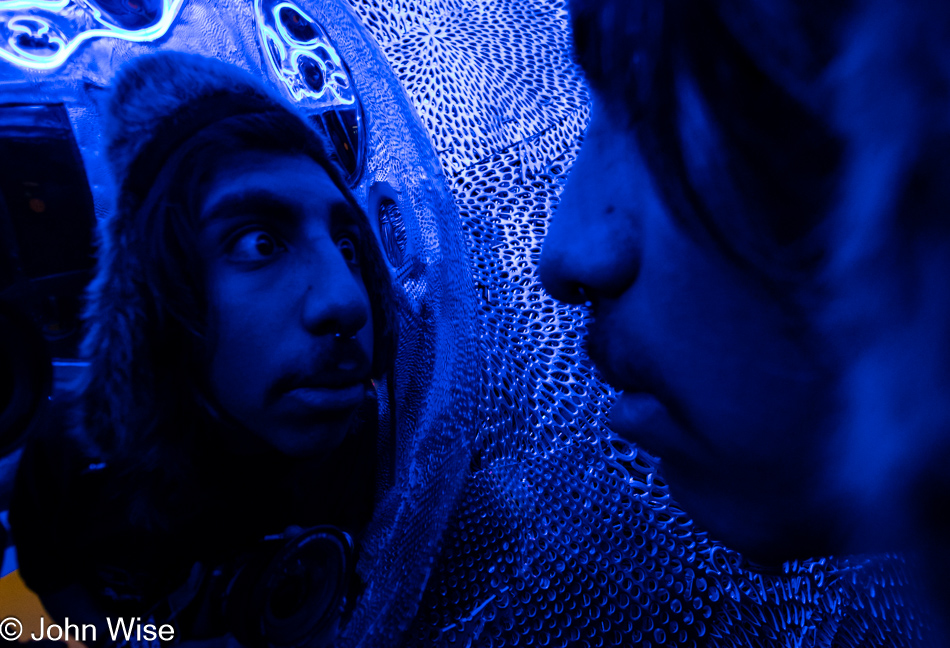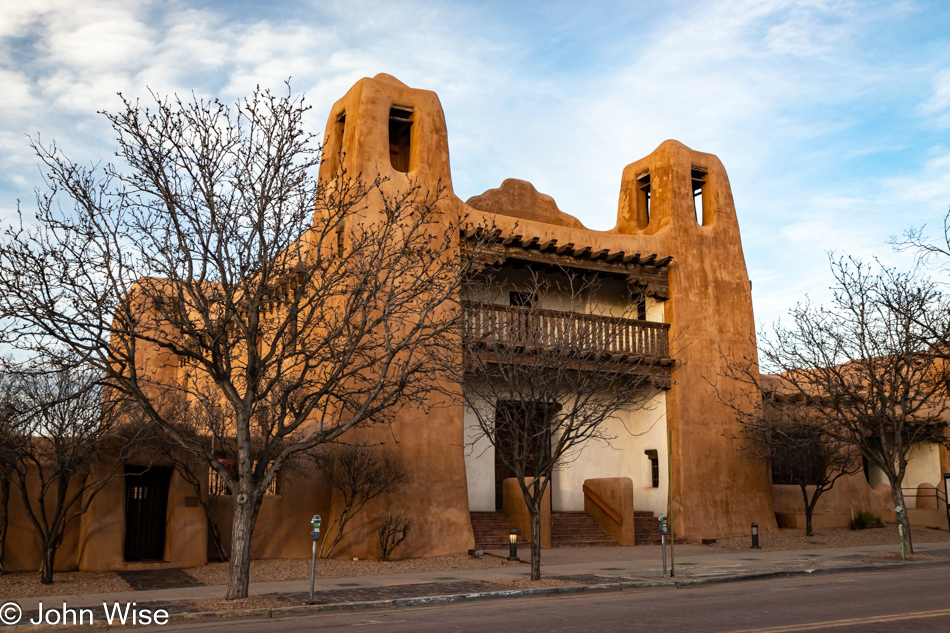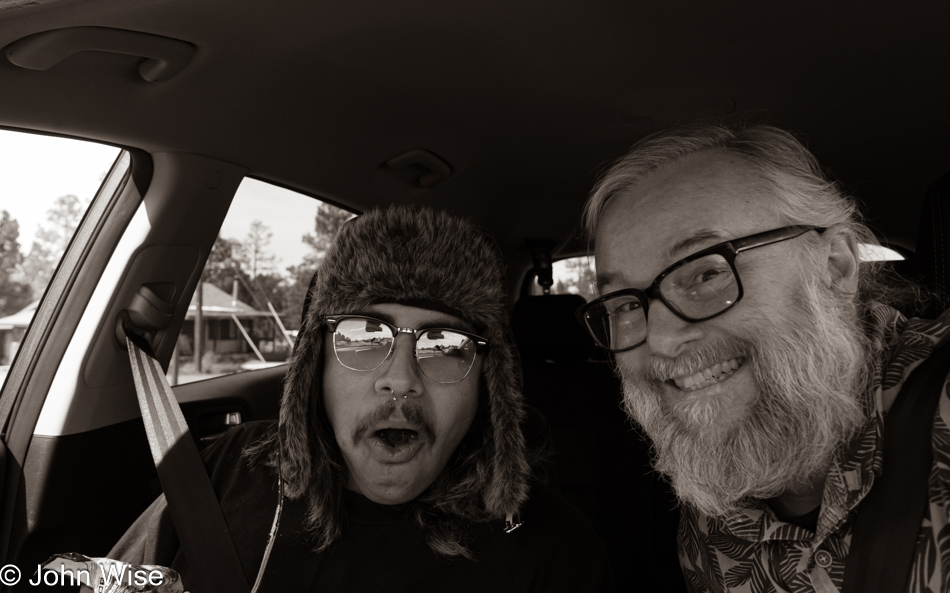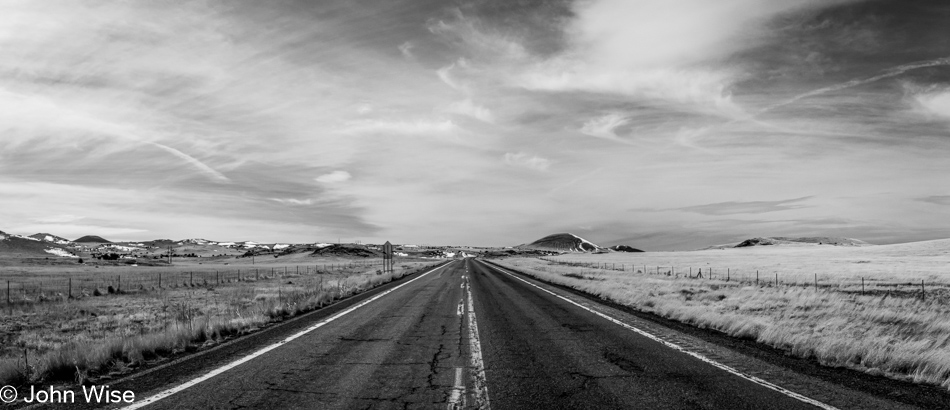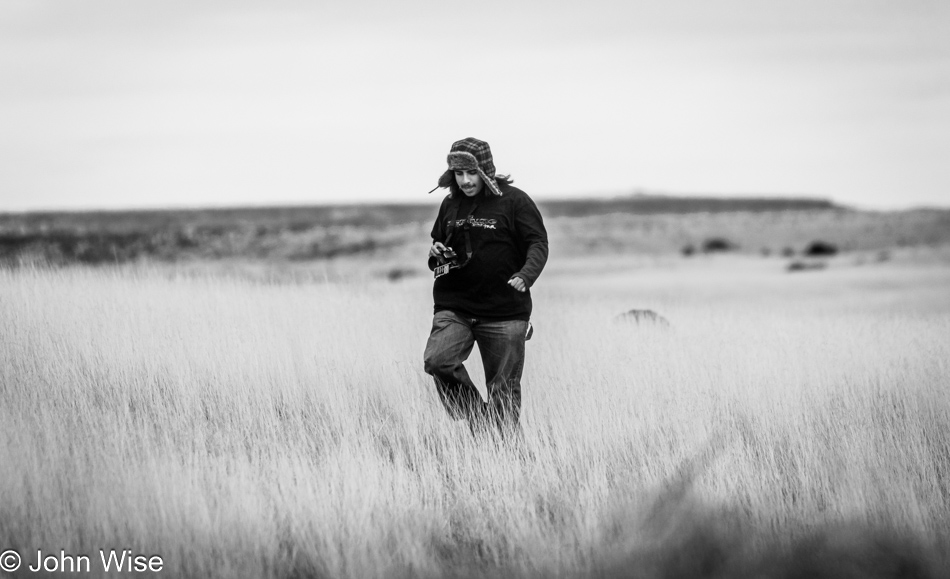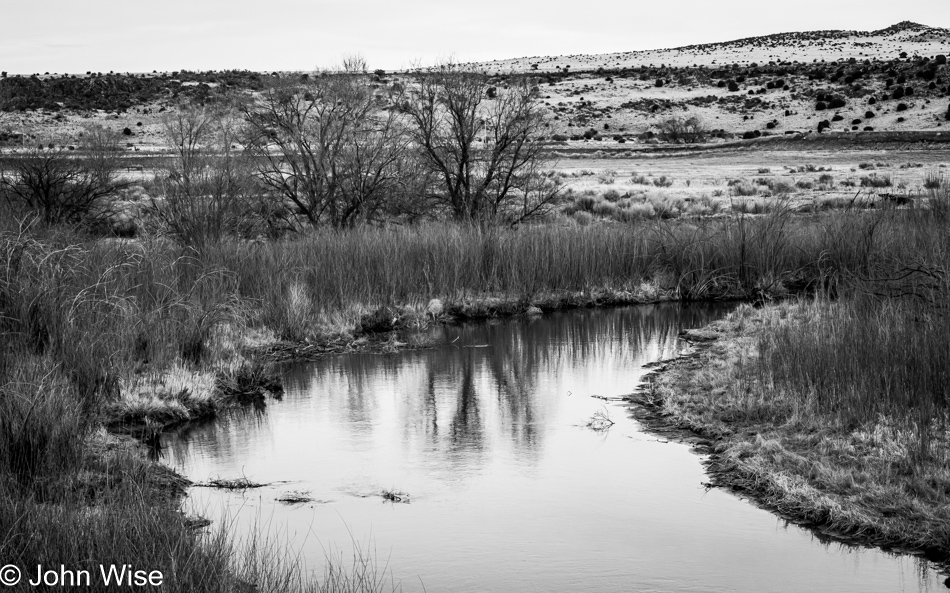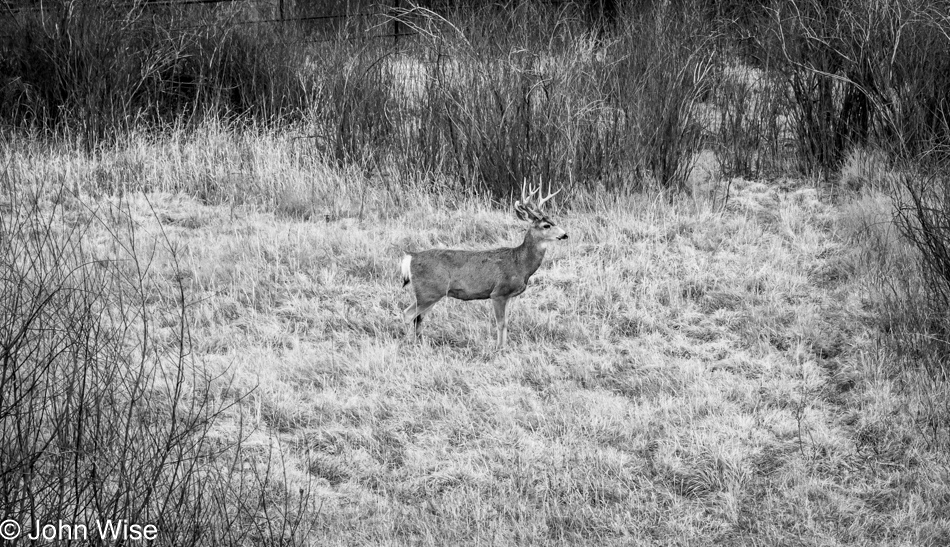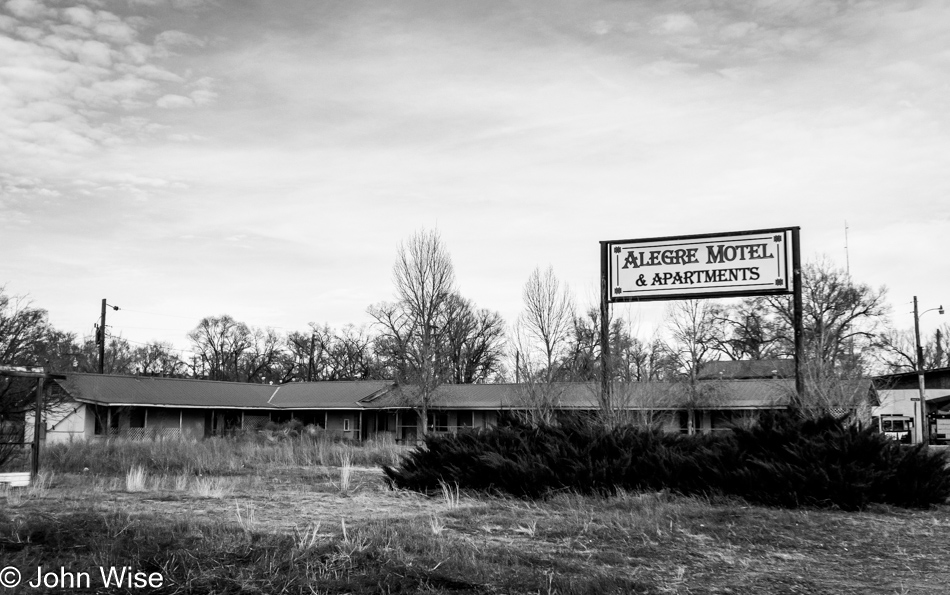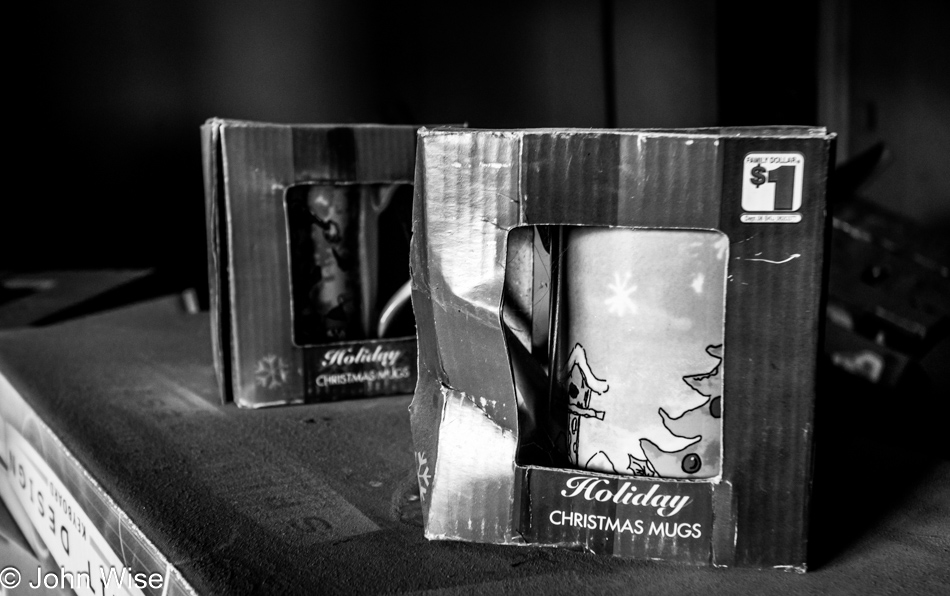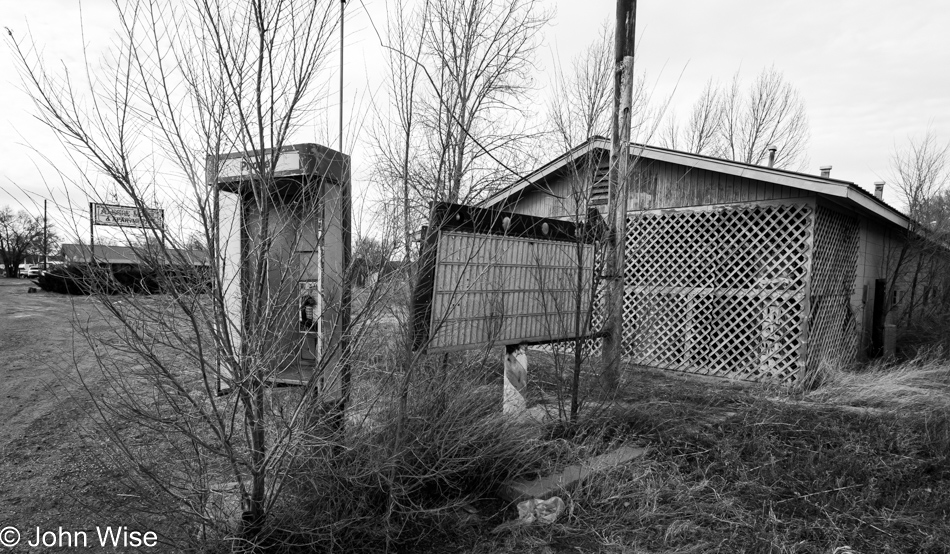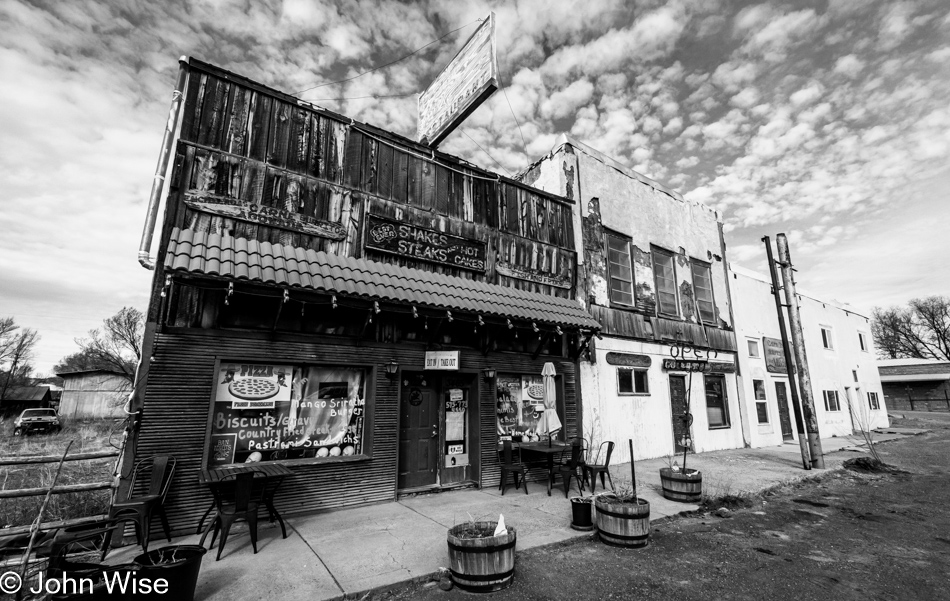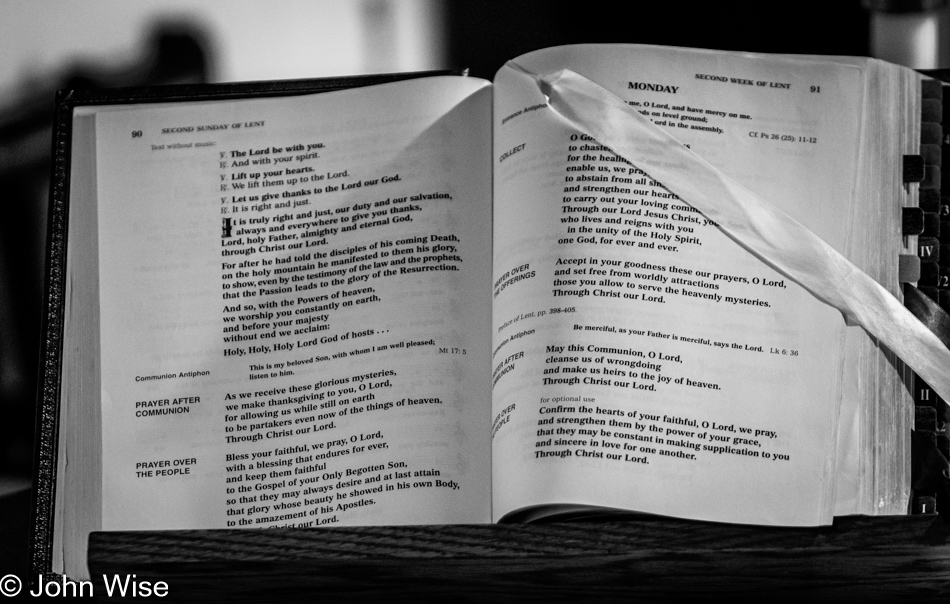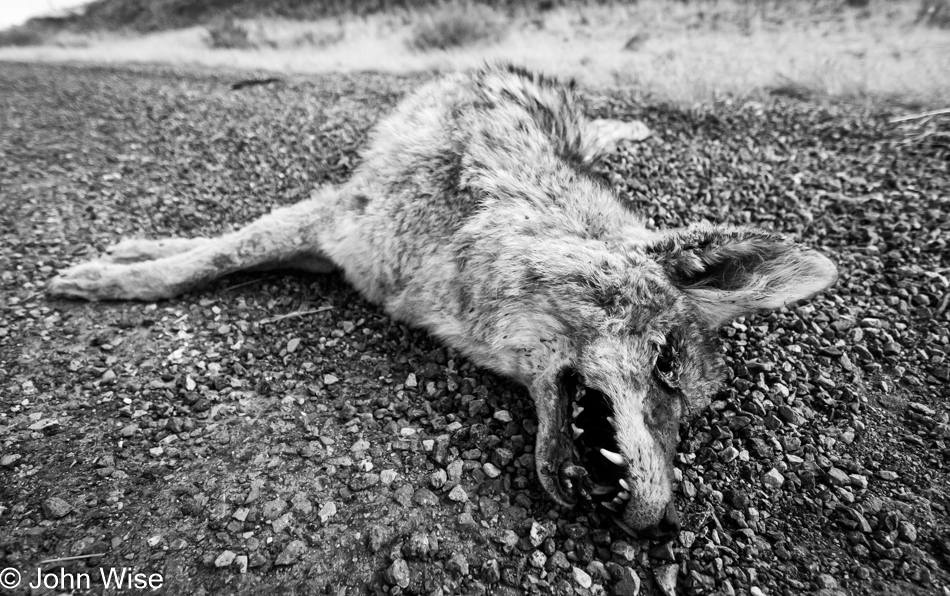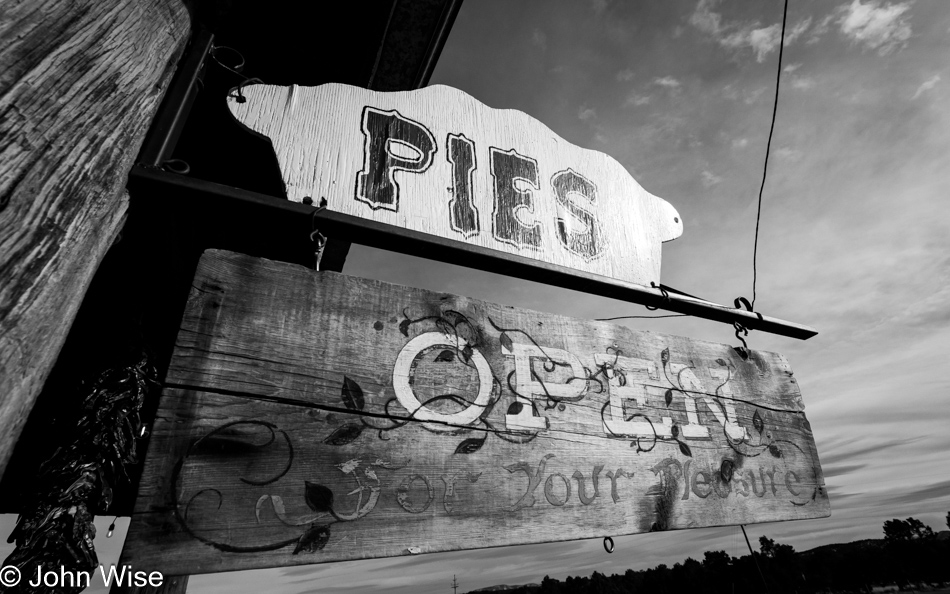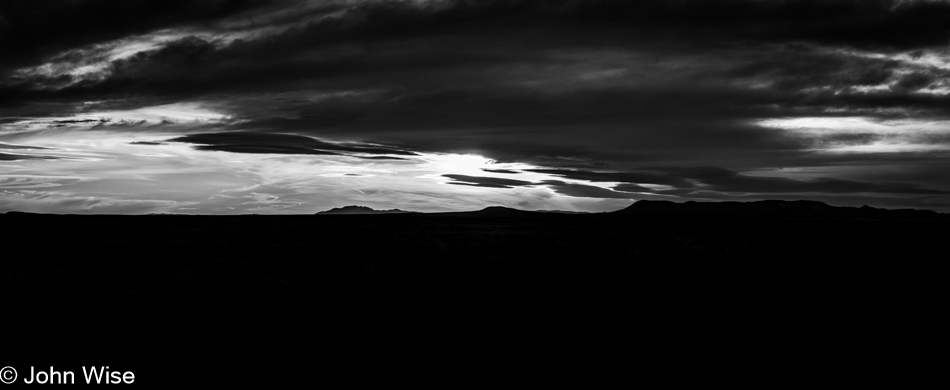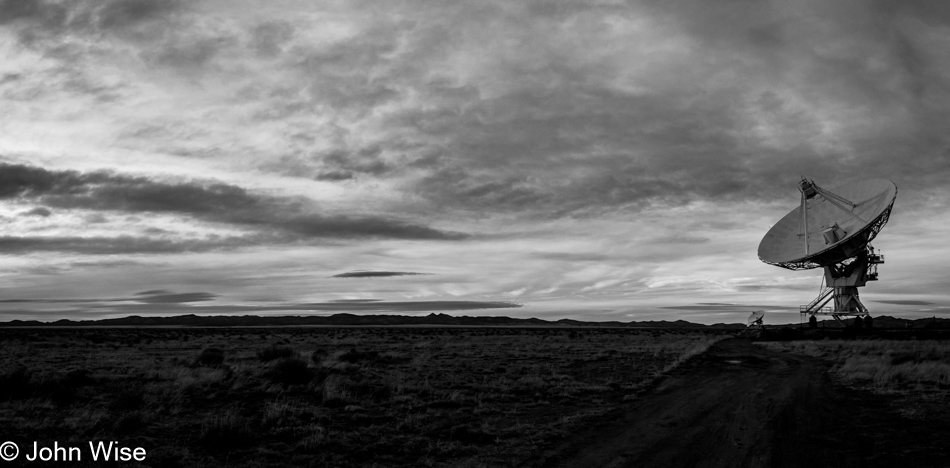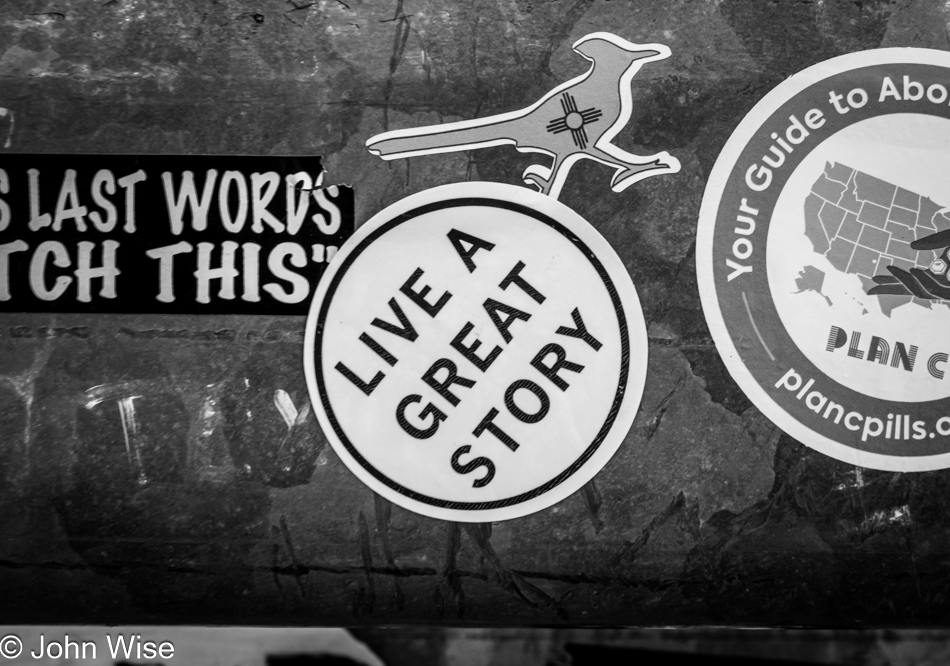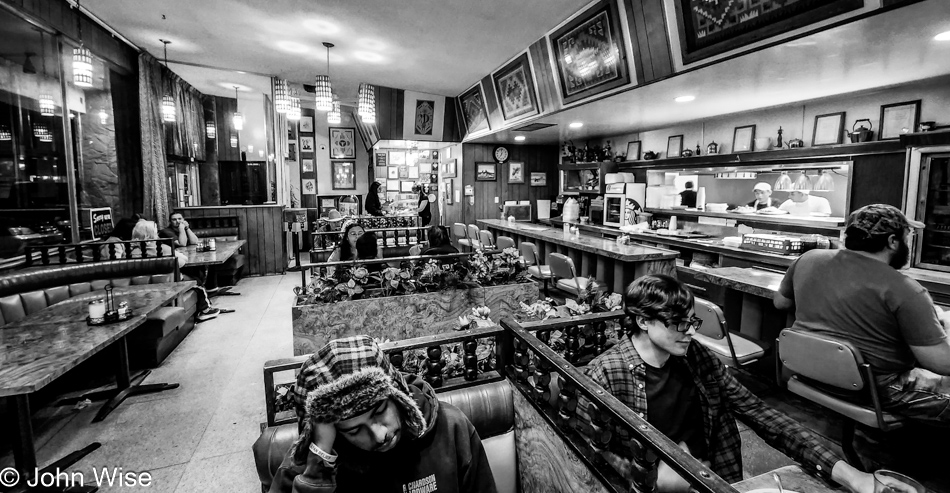
Nope, not today! We will try our best to offer assistance to the person being human trafficked while we turn a collective blind eye to the masses who are being intellectually trafficked by their lack of meaningful education and addiction to a way of life that keeps the average person nearly in chains of enslavement. These distractions, including news of child abductions, demon possession, drugs in our schools, and mayhem over our borders, are diversions created by marketing geniuses and are designed to lift the burden from individuals to learn, find truths, and consider their options when economic survival priorities dictate the direction and stress people must endure.
At any given moment, there are 580,000 up to 1.5 million people who are homeless, another 325,000 in transitional housing and homeless shelters, and an unknown number of people living in cars. We’re looking at over 1,000,000 Americans facing the grimmest living situations every day, but it was the 2,198 people referred to our justice system for human trafficking offenses that rose to the national stage. The feel-good insipidness that absolves us of real concern for anything is a great indicator of our obsession with the superficial appearance of things. The contradictions that occupy minds with rage is a national disgrace where, on one hand, people are indignant and angry at the government because every day they see the effects of what homelessness means to their community while human trafficking is an invisible crime, and if the government says the situation is improving we have no way of qualifying that. The dichotomy driven by the government that, on one hand, they seem to be doing something and, on the other, appear helpless on big issues helps maintain friction between hope and despair, vacillating in all directions and tearing at the fabric of society. And this is what I had to wake up to this morning instead of being allowed to remain on vacation.
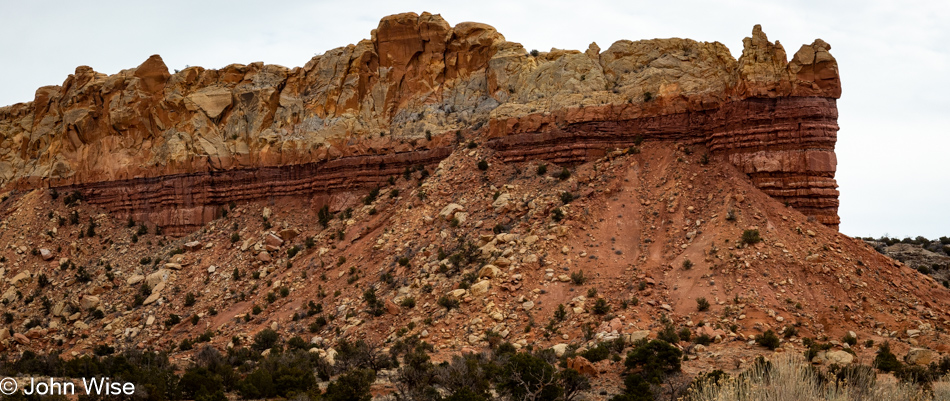
Fortunately for me, the cliffs haven’t yet hoisted neon signs that alert passersby that the weather and erosion have stolen parts of them to traffic the grains to beaches in order for people to luxuriate on the rock-based carcasses carried away by the wind and rain.
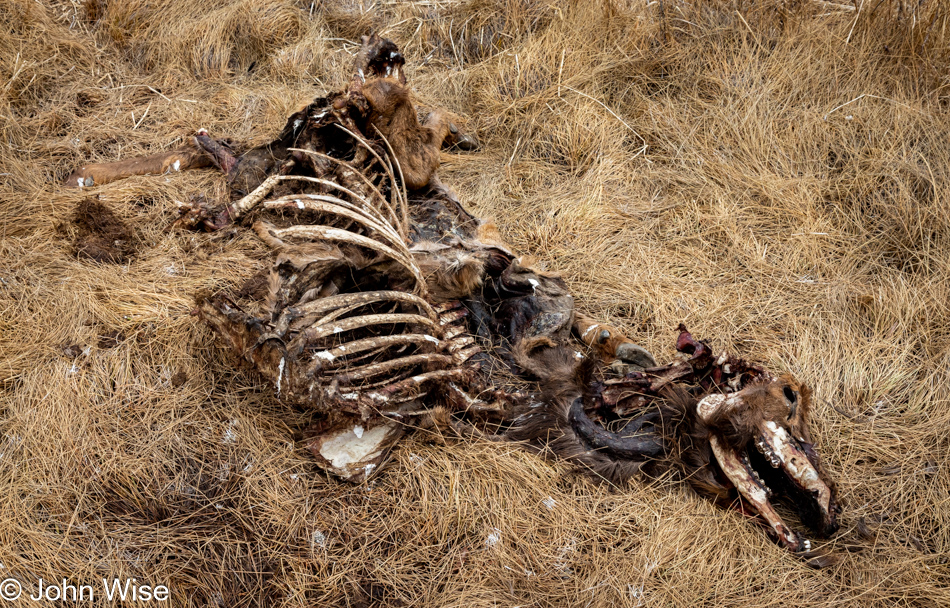
Meanwhile, the scavengers of rotting flesh collect their free meal with no judgment as to whether they are stealing. Later, they will return to their trees squatting homelessly while letting their excrement soil our earth below, and while we’re at it, what’s up with treating human fetuses as fully-fledged people and calling abortion murder while those who use their cars to murder these animals are allowed to live free? Is life sacred, or only our own selfish view of what we want to claim is precious is embued with value? Yeah, I know this conversation is absurd, but that’s the point. Most everything is absurd, but we insist the inanities of it all have value, and so we take stupid shit seriously and ignore serious shit because we feel helpless, like a poor animal trying to cross the road, hoping not to be plowed down.
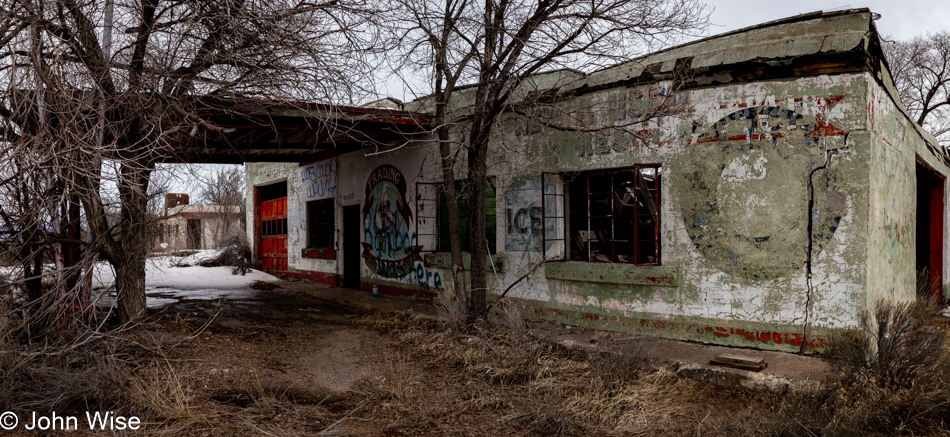
Whoa, what happened to happy observations found on vacation? Look at your decay, America: you are dying but can’t see the rot all around you. If you are even slightly aware, you believe it is somehow the fault of a single individual or party in Washington D.C., but it is the neglect of your own internal (non-existent) dialog where you would ask yourself, what is your own contribution to the culture of not caring? This old gas station and the cafe next door did not close because of Barack Obama, Hillary Clinton, or Donald Trump. It’s gone because you hate venturing out into your own country unless some level of generic conformist posturing opportunity is on offer, and you’ll gain credibility with your peers for being so fortunate to visit such an in-place that Instagram made popular. Meanwhile, I’ll tourist the corpse of your recent past and grieve your inability to celebrate the fine qualities and unique character of a land that was once held in reverence for the experiences it shared with those willing to traverse its vast spectacle of beauty. Today, we worship at the feet of grotesque wealth while things are supposed to bring us into self-realized entities on the verge of enlightenment, which will never be found in objects or trendy hangouts.
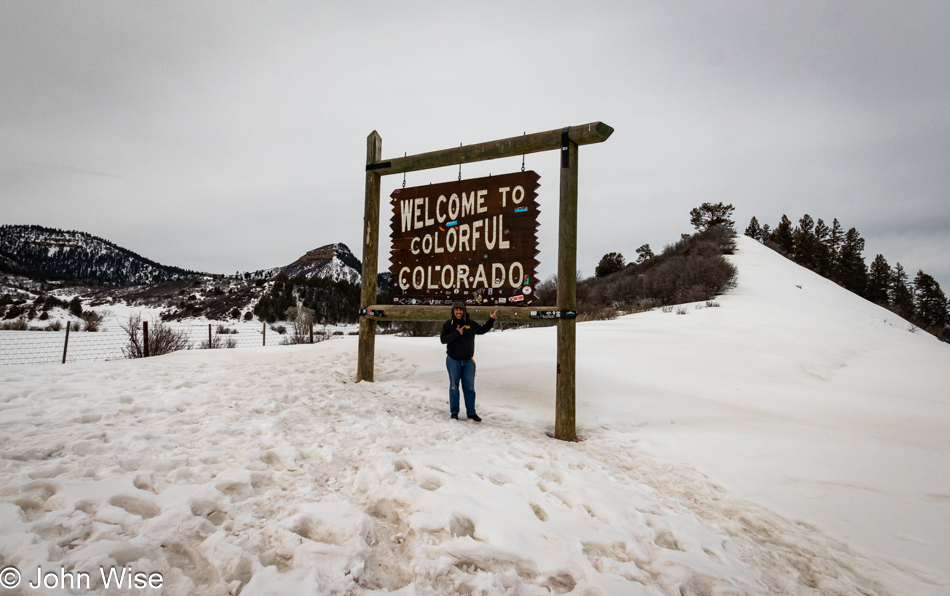
Alrighty then, I need to leave New Mexico, leave the lament, and move onto new horizons as Carlos and I cross the Colorado State Line into the wintery environment found in the mountains.
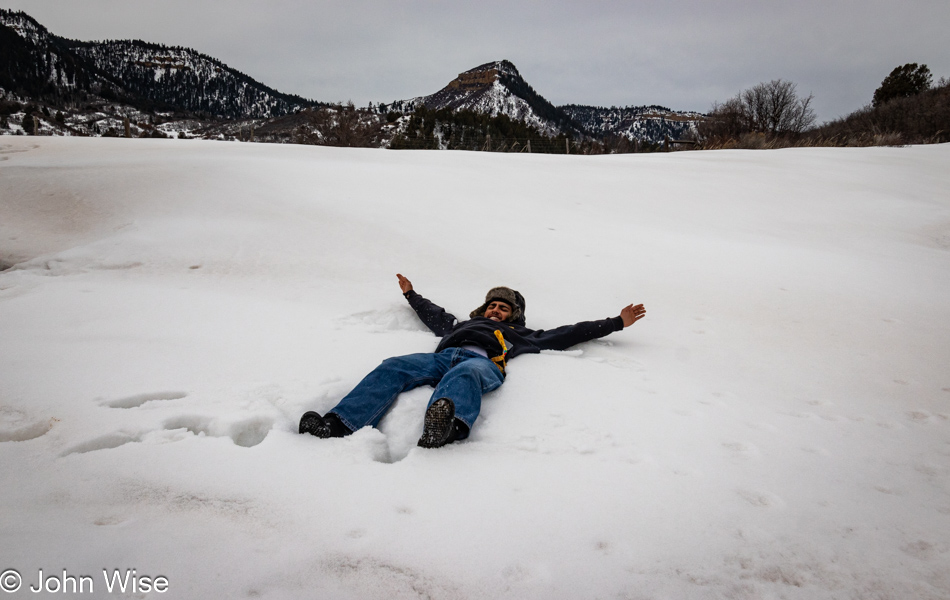
And what’s better upon visiting a new state than dropping into the snow and making a snow angel? We were halfway back to the car when Carlos realized he no longer knew where his phone was. To share with you that I was happy he realized it when he did would be an understatement.

No worries, Carlos, I’ll go back to the gas station and grab a cup of hot coffee to help melt your connection to the folly of having to test your need for certain knowledge.
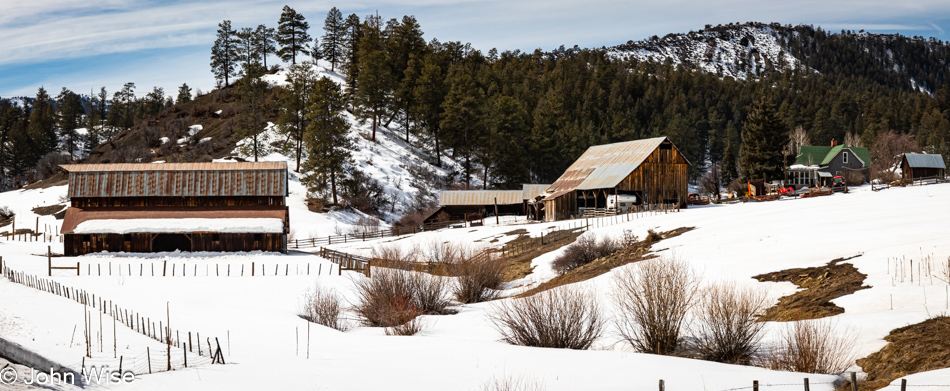
A Funny Thing Happened on the Way to the Forest. When traversing places with someone of unknown quantities, we can lose the ability to read what the eyes are trying to take in as the chatter in our head overwhelms the visual aesthetic, and our inner voice distracts us from deciphering what the gap in communication is whispering at us. It is a distraction, preventing me from gazing as deeply as I might when traveling with Caroline because an inexplicable connectivity creates a symbiosis of sorts, linking the two of us while a telepathic language seems to be blurting out “wow” over and over again. Carlos, on the other hand, is elsewhere, in a place I cannot easily decipher, possibly overwhelmed, underwhelmed, or maybe nowhere. In any case, I find it difficult to understand his version of quiet.
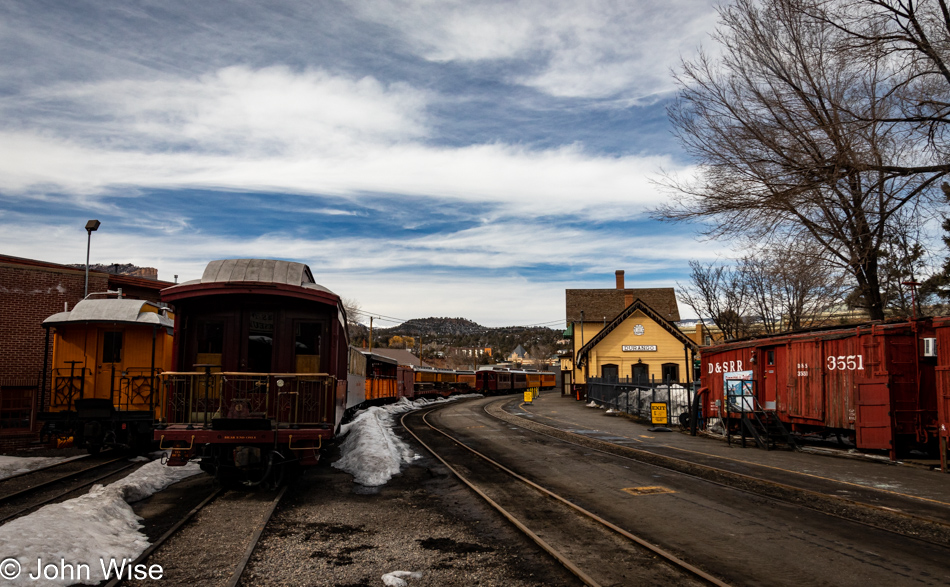
Trains take people places, cars, and bicycles too. When people lead the way, however, the journey is directed by the whims, curiosities, and knowledge of the guide. Giving over the itinerary to someone else absolves one from having to make the important decision regarding the destination. In this case, the journey is a constantly evolving series of impressions without end. We are taking a pause in Durango, Colorado, with my intention of sharing as much about the old steam trains that run through here as possible.
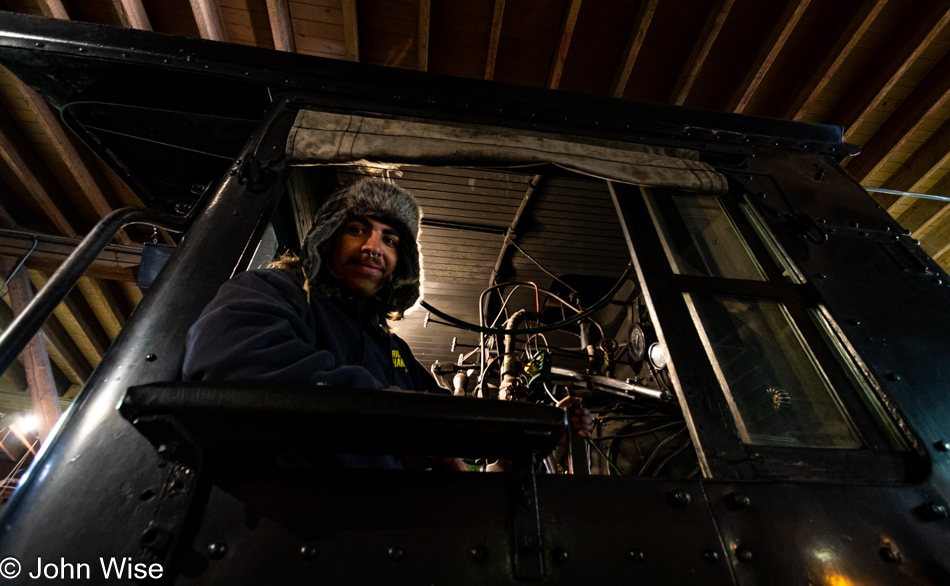
The last train of the day had already pulled into the station, and tomorrow, we’ll be gone before the first one leaves Durango for its journey to Silverton, so the museum would have to suffice for this brief intro. Fortunately, Jake, the train enthusiast, was at the helm and offered Carlos and me an immersive deep dive into all things regarding the Durango & Silverton Narrow Gauge Railroad, along with his dreams of spending a lifetime exploring trains around the world.
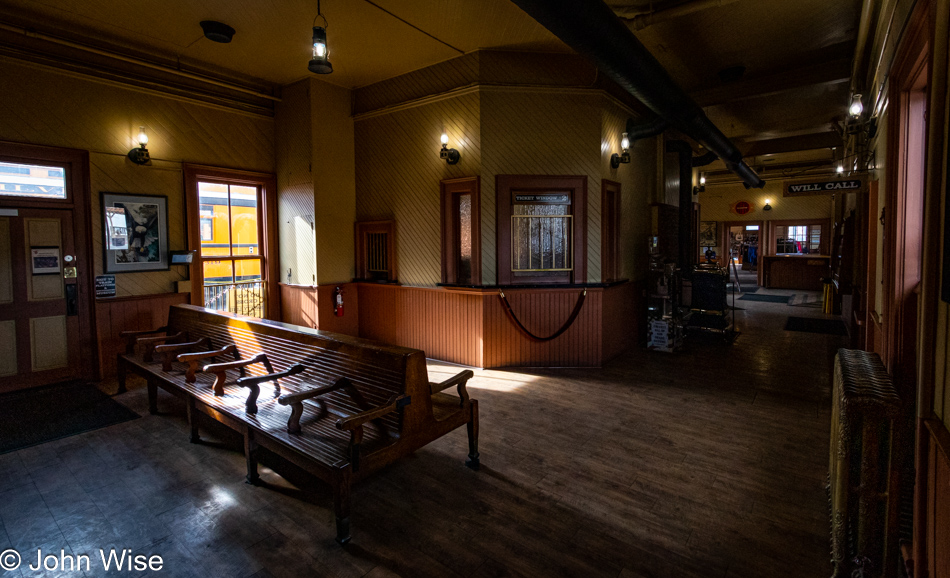
With the whole operation about to shut down for the evening, we were able to gather a better sense of the history without the flighty crowds of cackling tourists. For a moment, it was just your average train station from 100 years ago servicing an outpost at the end of the track in the old west, and it was all ours.
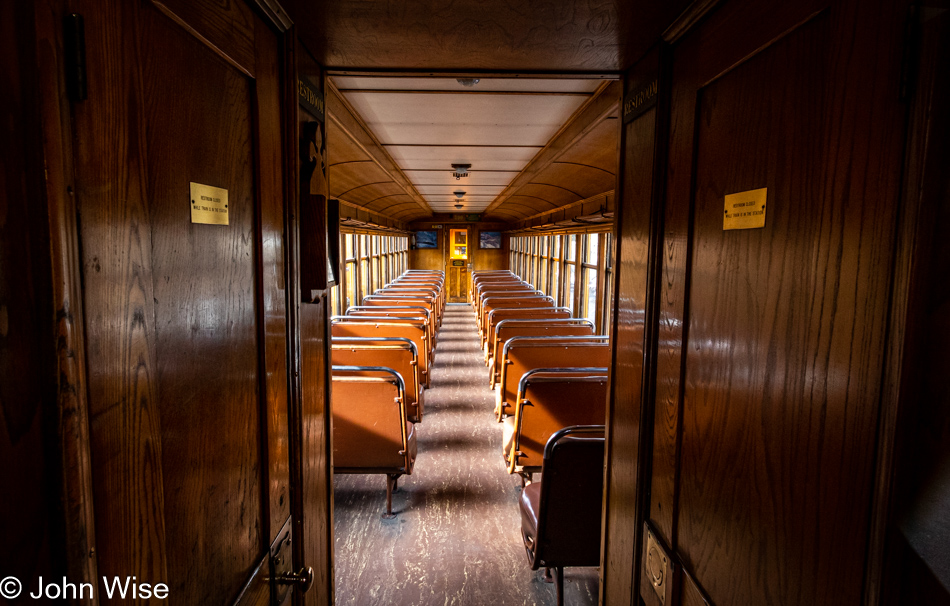
Growing up in places where seemingly everyone lived makes for a stark contrast to what I most love in places at this stage in my life: there should be only a few to no people. A train going to unknown places with no one else aboard, trundling over an infinite landscape day after day with nary a stop, offering an uninterrupted opportunity to read, write, think, and drift into nothing, is the description of a vacation I’d sign up for.

So, this is how the other half lives? Our more typical accommodations do not feature a lobby, a library, or afternoon coffee and cookies. This is the General Palmer Hotel next door to the Durango & Silverton train station, and it has serious amenities. The deal wasn’t great, but it wasn’t horrible either, so I thought, let’s splurge and bring Carlos into some old-west luxury. Later in the evening, he spent a solid two hours down here reading and writing in the parlor that was his alone.
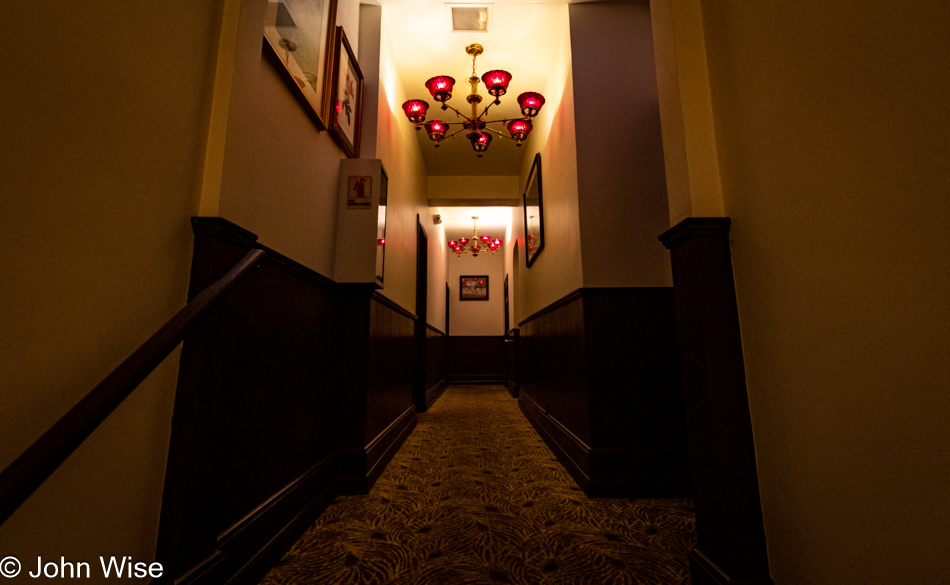
The General Palmer was built in 1898 and has some real character compared to the formulaic franchise hotels that have become so popular. The crazy thing about this is that I can book a room for Caroline and me at the 900-year-old (Zum Roten Bären) Red Bear Hotel in Freiburg, Germany, for a cheaper rate (in season even) than this midweek winter rate in the southwest corner of Colorado. I know this is an old song here on my blog, but I feel like I can’t say it enough: America is moving further away from being an egalitarian society in the relative blink of an eye. Years ago, Caroline and I could move around the United States rather inexpensively, but those deals were more and more difficult to find. Sadly, I have to be the first to admit that the lower the socioeconomic status of my fellow travelers, the likelihood of wanting to be in their presence is greatly diminished as the poor are becoming increasingly belligerent, loud, and vulgar. While I didn’t share it following our night in Socorro, New Mexico, the cheap motel we checked into had a drunken party of linemen wrestling and acting the fools in the parking lot. Yeah, I know they were just blowing off steam from some days of hard work after getting paid, and they were hardly a major annoyance, but in general, the type of person booking those lower-end accommodations are no longer young families but the Andrew-Tate-type animals cultivating their inner troglodytes. The implications mean we have to isolate ourselves in progressively more expensive lodgings with a gentrified clientele.
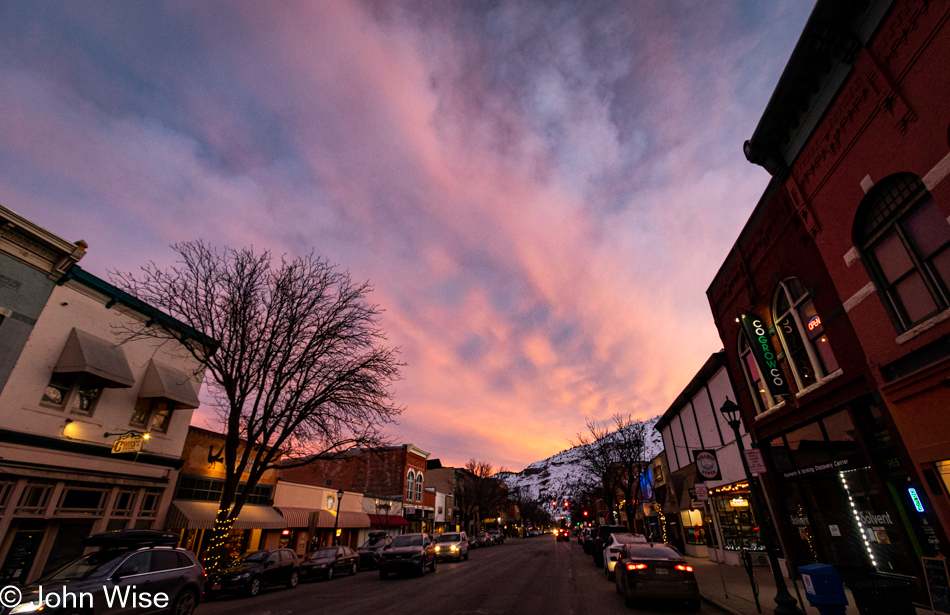
Maybe the sun is not only setting on the day but also setting on me. Was I really so undiscerning 10 and 15 years ago? Have I become more aware of noise when I still remember many a room we’ve left due to shenanigans in a nearby room or the utter depravity of what we checked into without first examining the room? Is this the grump of the old man? Well, at least the sunset found in the sky is still beautiful, while our dinner at Himalayan Kitchen was yummy perfection.

A walk down Main Street was necessary if I was going to get to my desired step count, and who wants to pop back into a hotel too early? As Carlos went his way, I needed to fetch my fleece as the absence of the sun brought on a chill. Aside from Maria’s Bookshop, where I picked up a copy of Otherlands: A Journey Through Earth’s Extinct Worlds by Thomas Halliday, there wasn’t a lot more on Main Street that interested me until I arrived at The Gallery. Trying to offer you more info on this little treasure has proven impossible as there is nearly no information on the internet regarding it, even being in Durango.
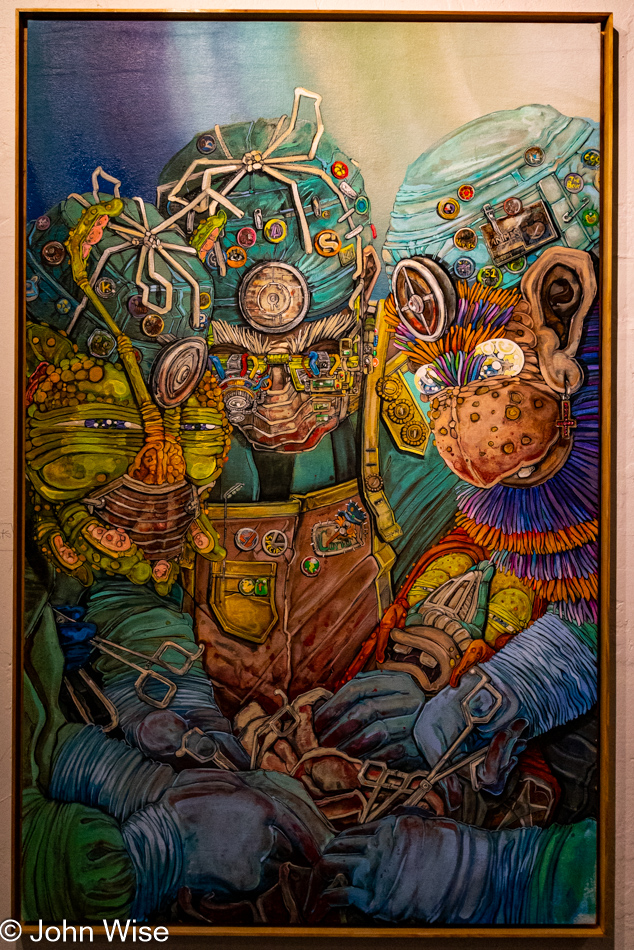
The pieces I’m sharing are from Gianni Coria and I only know this due to the tiny amount of data I did find on the interwebs. In the shop itself, there was nobody to be found. Had I been a climate activist intent on gluing my hands to a piece, there was little anyone monitoring the cameras in the gallery could do as I could have splashed Gorilla Glue all over my naked body and attached myself to one of these four-foot-tall pieces. Next, you might ask, what was I doing naked in this gallery after I just shared that I grabbed my fleece, and just what is gluing myself to a piece of art when nobody is around to witness it going to accomplish in my fight for climate change awareness? Come on, think about the headline, “Naked Arizona man found cold and hungry and glued to a painting in Durango gallery claims he doesn’t know how he got there.”
